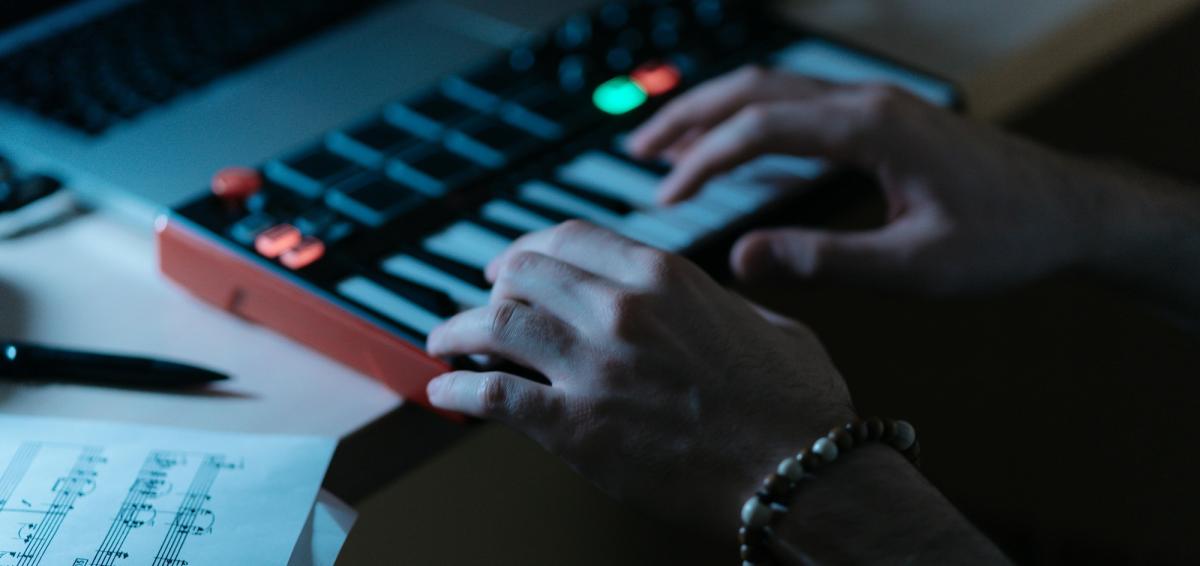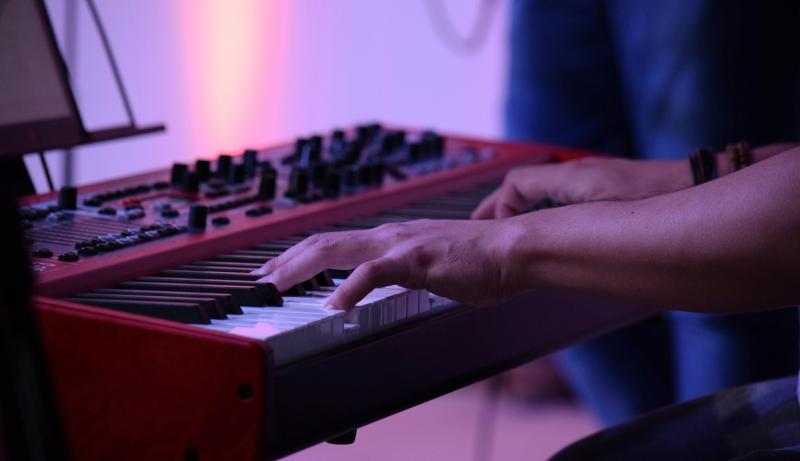If you've been practicing on a keyboard and are ready to take your playing to the next level, upgrading to a digital piano can provide a richer and more authentic experience. Digital pianos offer improved sound quality, realistic touch, and additional features that can enhance your skills and enjoyment. Here’s what you need to know to make a smooth upgrade from a keyboard to a digital piano.
1. Understand the Key Differences Between Keyboards and Digital Pianos
Before making the switch, it’s important to understand what sets a digital piano apart from a standard keyboard. Knowing these differences will help you choose the right instrument to suit your needs and goals.
Sound Quality
Digital pianos are designed to replicate the sound of an acoustic piano, with high-quality samples and advanced sound engines. They offer richer and more nuanced tones compared to keyboards, which often have simpler and more synthetic sounds. If you’re looking for an authentic piano experience, a digital piano’s superior sound quality is a key reason to upgrade.
Weighted Keys and Touch Sensitivity
One of the most noticeable differences is the feel of the keys. Digital pianos feature weighted or semi-weighted keys that mimic the resistance of an acoustic piano, giving you greater control over dynamics and expression. Keyboards, on the other hand, usually have unweighted keys that lack this realistic feel. If you want to develop proper technique, weighted keys are essential.
Pedals and Accessories
Digital pianos often come with pedals, such as sustain, soft, and sostenuto pedals, which are crucial for advanced playing techniques. While some keyboards offer optional pedal accessories, they usually don’t match the responsiveness and quality found in digital pianos. Consider whether you want to incorporate more expressive playing with the help of pedals.
2. Decide What Features Are Most Important to You
Digital pianos come with a wide range of features, from basic models to advanced instruments with multiple options. Deciding which features are most important to you will help you narrow down your choices and find the right digital piano.
Full-Size Keyboard
Upgrading to a digital piano usually means choosing a full-size, 88-key instrument, which provides the same range as a traditional acoustic piano. A full-size keyboard is crucial if you’re aiming to play more advanced pieces or develop proper piano technique.
Sound and Voice Options
Many digital pianos offer a variety of instrument voices, such as strings, organs, and electric pianos. While not as extensive as the sound options on a keyboard, these additional voices can add variety to your practice. Decide if you need a wide range of sounds or if you prefer a piano-focused experience with a few high-quality tones.
Recording and Connectivity
If you plan to compose or record your playing, look for a digital piano with built-in recording features or MIDI/USB connectivity. These options make it easy to connect to a computer, DAW, or other devices for more advanced music production. Decide whether recording capabilities are important for your musical goals.
3. Set a Budget for Your New Digital Piano
Setting a budget is crucial when upgrading, as digital pianos range from affordable entry-level models to high-end professional instruments. Understanding your needs and budget will help you find the best digital piano within your price range.
Entry-Level Models
If you’re upgrading from a beginner keyboard, an entry-level digital piano is a great starting point. These models typically cost between $300 and $800 and offer weighted keys, good sound quality, and basic features. They are ideal for those who want a better playing experience without spending too much.
Mid-Range and Advanced Models
For intermediate or advanced players, mid-range digital pianos ($800 to $2000) offer better sound engines, more expressive touch, and additional features like recording and Bluetooth connectivity. High-end digital pianos ($2000+) provide top-quality sound samples, realistic hammer-action keys, and advanced features for professional use.
Consider Additional Costs
Remember to factor in additional costs such as a stand, bench, headphones, or a three-pedal unit if they are not included with the digital piano. Investing in good-quality accessories can enhance your overall experience and make practice more comfortable.
4. Test Different Digital Pianos Before Making a Decision
Trying out various digital pianos in person is the best way to determine which model suits you best. Visit a music store and play several digital pianos to get a feel for the differences in sound, touch, and features.
Focus on Touch and Response
Pay attention to how the keys feel under your fingers. A good digital piano should have keys that respond naturally to touch, with a slight resistance that mimics an acoustic piano. Test different models to find one that feels comfortable and allows you to play with expression and control.
Listen to the Sound Quality
Try playing the same piece on different digital pianos to compare their sound quality. Listen for nuances in the tone, the clarity of the notes, and how the sound changes when you play softly or loudly. A high-quality digital piano should offer dynamic expression and a natural piano tone.
Explore the Features
Experiment with the features on each digital piano, such as voice options, metronome, recording functions, and connectivity. Make sure the model you choose has the features that are most important to you, and see how easy it is to navigate the interface.
5. Consider the Benefits of an Upright or Portable Digital Piano
Digital pianos come in two main types: upright and portable. Each has its advantages, so choose the one that best fits your lifestyle and space requirements.
Upright Digital Pianos
Upright digital pianos are designed to look and feel like traditional acoustic pianos, with a sturdy build and a cabinet that adds to the instrument’s resonance. They are a great choice if you have a dedicated space for practice and prefer a more authentic piano experience. Upright models often include built-in speakers and high-quality sound systems for a fuller sound.
Portable Digital Pianos
Portable digital pianos are lightweight and compact, making them easy to move and store. They are ideal for players with limited space or those who need a portable solution for performances or lessons. Many portable models come with optional stands and pedal units, allowing you to customize the setup based on your needs.
6. Prepare for the Transition with Practice Tips
Transitioning from a keyboard to a digital piano may take some time, especially if you’re not used to weighted keys and the full range of 88 notes. Here are a few tips to help you adjust smoothly.
Start with Familiar Pieces
Begin by playing pieces you’re already comfortable with on your keyboard. This will help you get used to the new feel of the keys and the touch sensitivity of the digital piano. Focus on how dynamics and expression change with the weighted keys.
Work on Technique and Finger Strength
Practice scales, arpeggios, and finger exercises to develop strength and agility. Weighted keys require a bit more effort than keyboard keys, so building finger strength will help you play with better control and precision. This will also make advanced pieces more accessible over time.
Explore the Full Range of the Piano
If your previous keyboard had fewer keys, take the time to explore the full 88-key range of the digital piano. Experiment with different octaves and get comfortable using the entire keyboard, as this will open up new possibilities for your playing and repertoire.
Final Thoughts on Upgrading from a Keyboard to a Digital Piano
Upgrading from a keyboard to a digital piano is a significant step in your musical journey, offering enhanced sound quality, touch sensitivity, and additional features that will help you grow as a pianist. By considering your needs, testing various models, and preparing for the transition, you can find the perfect digital piano that suits your playing style and goals.



